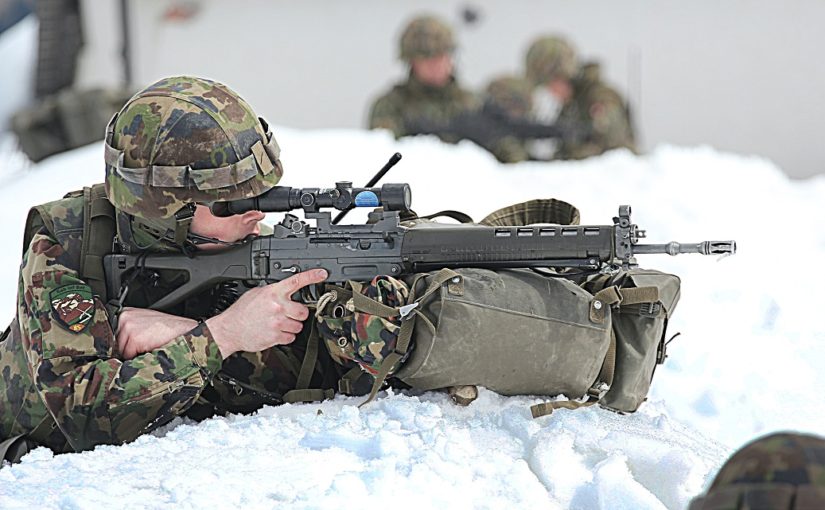The National Institute of Justice (NIJ) recommends that the level 4 body armor plate is the highest attainable classification for body armor. The level 4 body armor plates are tested to withstand a single hit from large-caliber rounds. Large Caliber rounds such as the .30-06 M2AP have a mass of 166 grains and a velocity of 2,880 feet per second. Ceramic composites are the most common material used to construct level 4 body armor plates. However, some manufacturers use steel and ultra-high molecular weight polyethylene (UHMWPE). These materials are efficient for a high level of protection because they are more resilient than most bullets.
Users can lessen the force of a bullet even more by combining Kevlar with ceramic level 4 body armor plates in the right proportions. The combination will result in fewer collapsed lungs, ribs, and sternal fractures. Ceramics’ superior hardness allows them to successfully defend against armor-piercing ballistics like “Black Tip” 30-06 M2AP rounds. Ceramic level 4 body armor plates are also very effective against many other types of ballistics.
Although steel body armor can also protect against the incredibly hard penetrator in these rounds, it is still not enough. A ceramic level 4 body lasts longer than other types. It has less potential of destruction because of its deforming and eroding effects on the bullet. In contrast to steel, monolithic ceramics may be molded and curved in various ways, making them a better fit for a much broader spectrum of body forms. Ceramics is also better than steel in energy dispersal and its ability to absorb it. Ceramics are superior to steel in protecting against explosive projectiles that can penetrate armor. In recent years, manufacturers have developed a new technology that enables them to produce armor plates that are incredibly lightweight while still giving the same amount of protection as their heavier forebears did.
For more articles, please click here.
